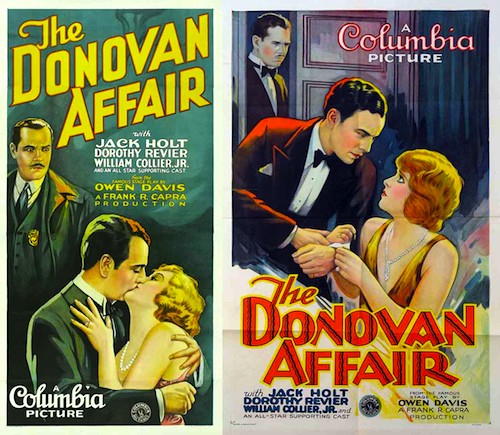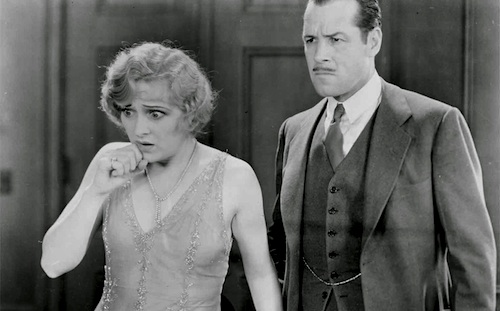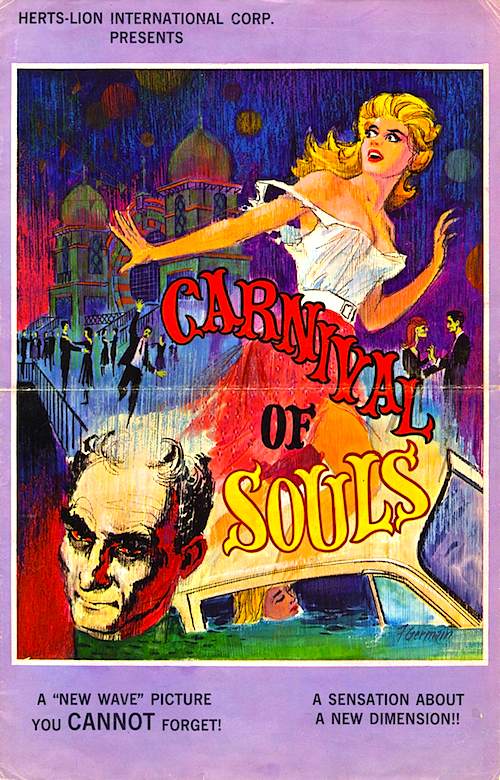By Joe Bendel. Tired of movies based on YA tearjerkers and dystopian potboilers? Refreshingly, Laura Kasischke writes novels for grown-ups. As for Gregg Araki, he often makes films about teenagers that only adults are old enough to watch. It might seem like an unlikely combination of sensibilities, but it mostly works in Araki’s adaptation of White Bird in a Blizzard, which opens this Friday in New York.
It is the late 1980s, but Eve Connor acts like she just walked out of a Douglas Sirk movie. Rather than dying on the inside, the ostensibly perfect homemaker makes her family miserable, particularly her husband, Brock. Their daughter Kat tries to stay out of the fray, preferring to hang with her hipster outcast friends and hook-up with Phil, her pseudo-boyfriend, who lives across the street. Yet, she still notices her mother’s increasingly erratic behavior in the days leading up to her mysterious disappearance.
Told in retrospect, sort of like a sexually charged, had-I-only-known Mary Roberts Rinehart novel, White Bird examines the ways Kat Connor deals with her mother’s absence—a process that definitely includes resentment and denial. Still, certain opportunities come with mystery, such as her semi-regular trysts with the investigating officer, Det. Scieziesciez. He has his own Nancy Grace-like theories regarding her mother’s fate, but she does not want to hear them. Yet, when she returns from her first semester of college, Connor suddenly starts to crave some closure.
Although White Bird is downright restrained compared to Araki’s wickedly entertaining Kaboom and most of his prior films, he is still working with familiar elements, especially the horny teenagers. He also goes for broke with the third acts twists that should satisfy his cult indie fanbase, but it is really a period domestic mystery and works rather well in that context.
It is hard to think of the late 1980s/early 1990s as a period setting, but Araki and the design team capture the era’s look, texture, music, and zeitgeist quite well. Connor’s frequently self-referential narration might take some viewers out of the film, but fans will understand a Gregg Araki joint is the perfect place for knowing sarcasm.

He also has a perfect mouthpiece in Shailene Woodley. Forget about those love-struck teens with cancer, this should be considered her breakout star-vehicle, because she carries the film through sheer verve and attitude. Of course, Eva Green was born to play a hot mess like Eve Connor and she delivers accordingly. Christopher Meloni sneaks up on viewers quite efficaciously as the compliant but tightly wound Brock Connor, but unfortunately, Shiloh Fernandez’s vacuous presence becomes increasingly problematic for Phil from the block.
Instead of an over-the-top bacchanal, White Bird represents quite a richly realized accomplishment of mise-en-scène. Somehow Araki maintains a vibe that is simultaneously nostalgic and insidious, getting some suitably cagey work from his cast. Recommended for fans of subversive mystery-thrillers, White Bird in a Blizzard opens this Friday (10/24) in New York at the Landmark Sunshine.
LFM GRADE: B+
Posted on October 21st, 2014 at 11:51pm.





